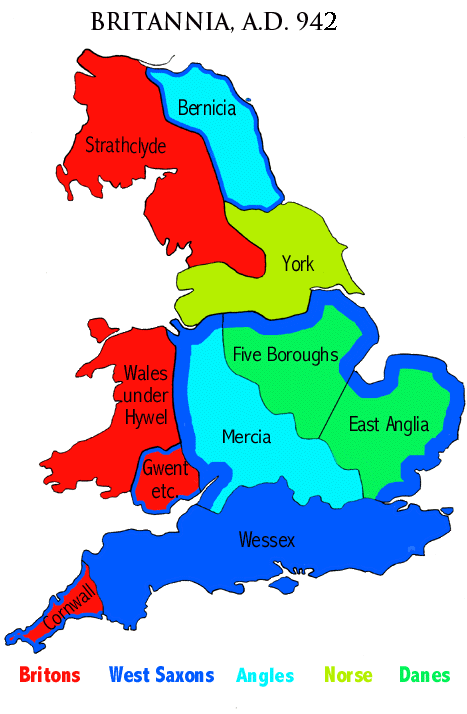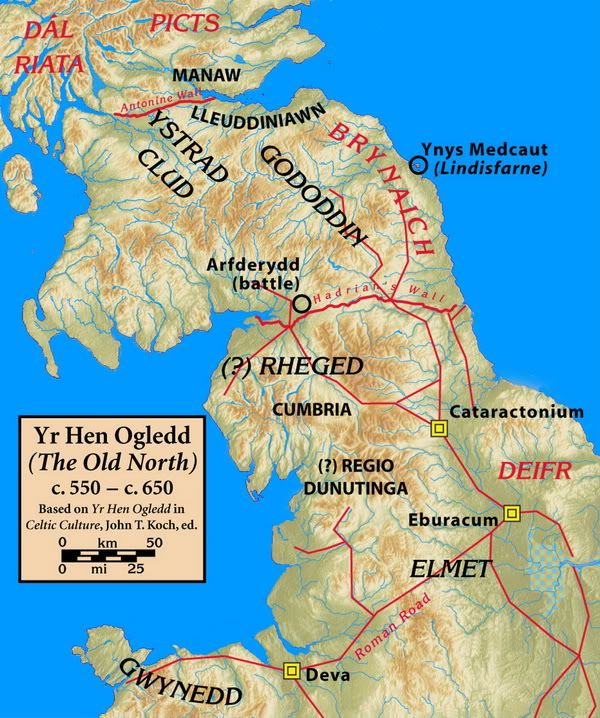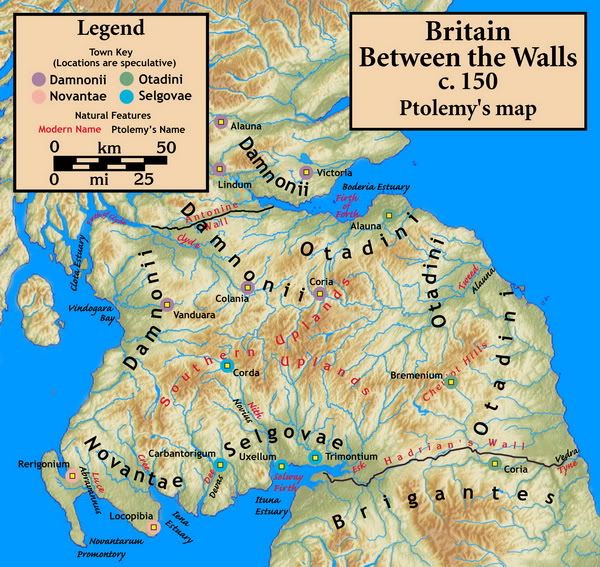DavidCoutts
Regular Member
- Messages
- 110
- Reaction score
- 2
- Points
- 0
Hello,
I was tested with GeneBase and am L21+. Genebase are now advising me to take the L193 test, but I can't seem to find much information on this subclade, except that it is linked to the Western Scottish Borders.
Anyone know what a positive LI93 result would indicate for ancestry(if anything)? I can't afford to waste money simply collecting subclades that don't tell me anything new.
Thanks in advance.
I was tested with GeneBase and am L21+. Genebase are now advising me to take the L193 test, but I can't seem to find much information on this subclade, except that it is linked to the Western Scottish Borders.
Anyone know what a positive LI93 result would indicate for ancestry(if anything)? I can't afford to waste money simply collecting subclades that don't tell me anything new.
Thanks in advance.





